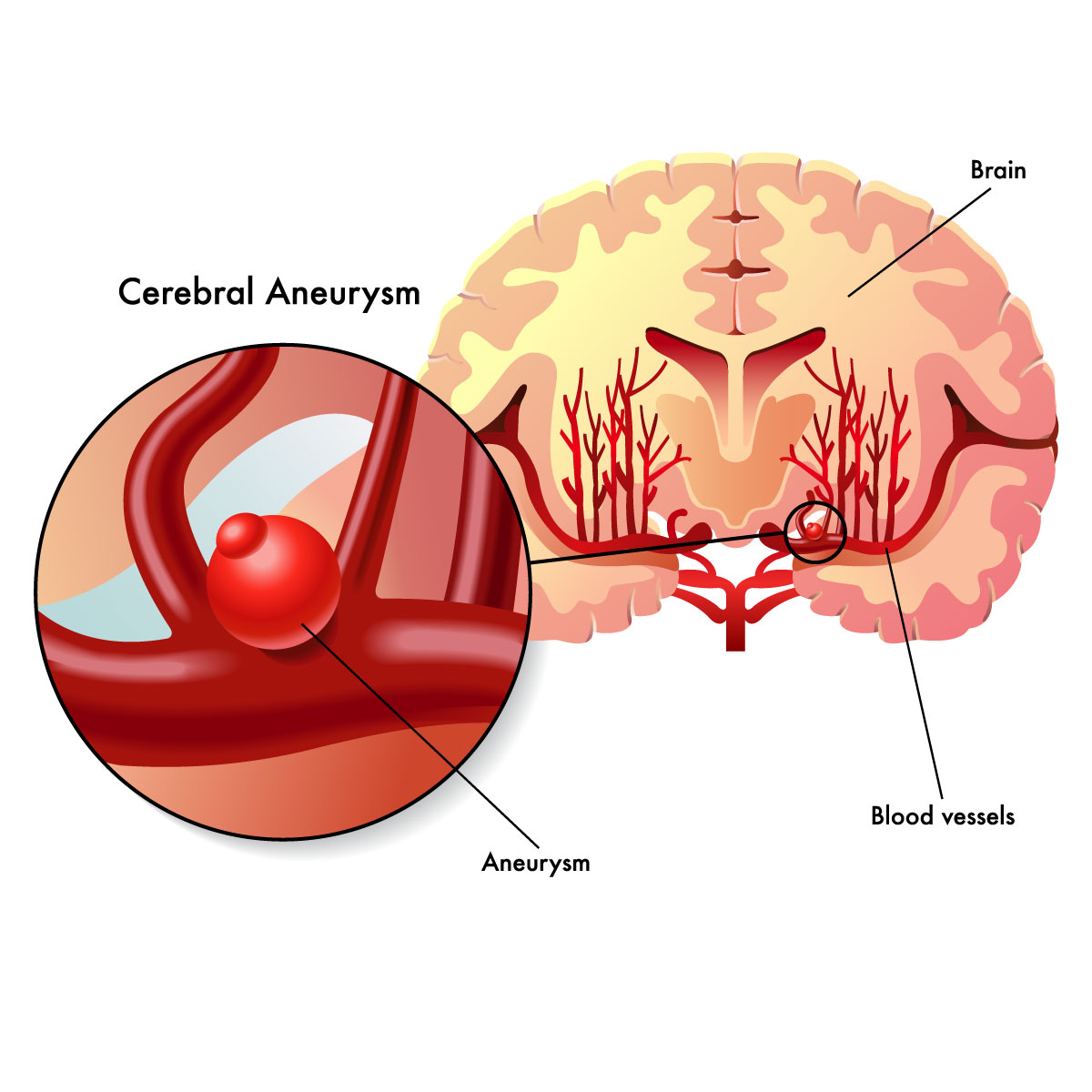
Aneurysm


Overview
Aneurysm is the development of an abnormal bulge or ballooning at the blood vessel’s wall. Aneurysm occur when they are weakening of the blood vessel wall or a weakness in the artery’s wall which could balloon outward due to the pressure of the blood passing through it.
A ruptured aneurysm can cause fatal bleeding. Aneurysms may not cause symptoms even if they have grown bigger, causing the patient not to be aware of their condition.
The following are types of aneurysms that could develop within the body:
- Brain aneurysm (cerebral aneurysm): The blood vessels that supply blood to the brain are affected.
- Aortic aneurysm: The body’s aorta, which transports blood to the body’s other organs from the heart, is affected.
- Abdominal aortic aneurysm: The aorta portion that travels through your abdomen is affected.
- Thoracic aortic aneurysm: The aorta portion that travels through the chest (upper portion of the abdomen) is affected.
- Peripheral aneurysm: affects the blood vessels in other parts of your body, like your legs, groin, or neck.
- Carotid aneurysm: A rare type of aneurysm where blood vessels that deliver blood to the brain, neck, and face are affected.
To determine the possibility of the aneurysm rupture, the specialist will perform full physical examination, evaluate the size, location, and the appearance of the aneurysm. Small aneurysms may show very minimal risk of rupture; however, specialist will monitor and determine if further treatment such as surgery is needed.
Classification of aneurysm:
Classification if based on the location, size, and the appearance of the aneurysm:
- Fusiform aneurysm: the bulging outward sides of the arteries.
- Saccular aneurysm: the bulge is located only at one side for the artery.
- Mycotic aneurysm: an infection was developed at the valves of the heart and cause arterial wall to weaken.
- Pseudoaneurysm or false aneurysm: The outer layer of the arterial wall may expand as a result of damage to the artery’s inner layer.
Symptoms
Aneurysm is a life-threatening condition, therefore if any signs or symptoms are seen, it is important to call the healthcare provider. The following are the symptoms of ruptured aneurysm:
- Lightheadedness.
- Fatigue
- Nausea and vomiting
- Difficulty in swallowing
- Palpitation or rapid heartbeat.
- Sudden severe headache
- Sudden chest pain
- Sudden abdominal pain, or back pain.
- Sudden drop of blood pressure
- Loss of consciousness
- Confusion or dizziness
Cause
Aneurysms can occasionally develop at birth and may also appear at any time during life. Although the exact cause of an aneurysm is unknown, several potential explanations include:
- Atherosclerosis: blockage inside the walls of the arteries that cause by a buildup plaque.
- Family history of aneurysms
- High blood pressure: which can damage and weaken the aortic walls.
- Deep wound infections: can also lead to aneurysm.
Risk factors
There are many risk factors depending on the types of aneurysms as follows:
- Gender: male commonly have abdominal aneurysm and aortic aneurysm, while female have brain aneurysms.
- Age: an aneurysm are mostly found in people who are over the age of 60.
- Smoker: people who smoke have higher risk to develop abdominal aneurysm.
- Race: Non-African American people have higher risk of developing the disease.
Contact Information
service@vejthani.com






















